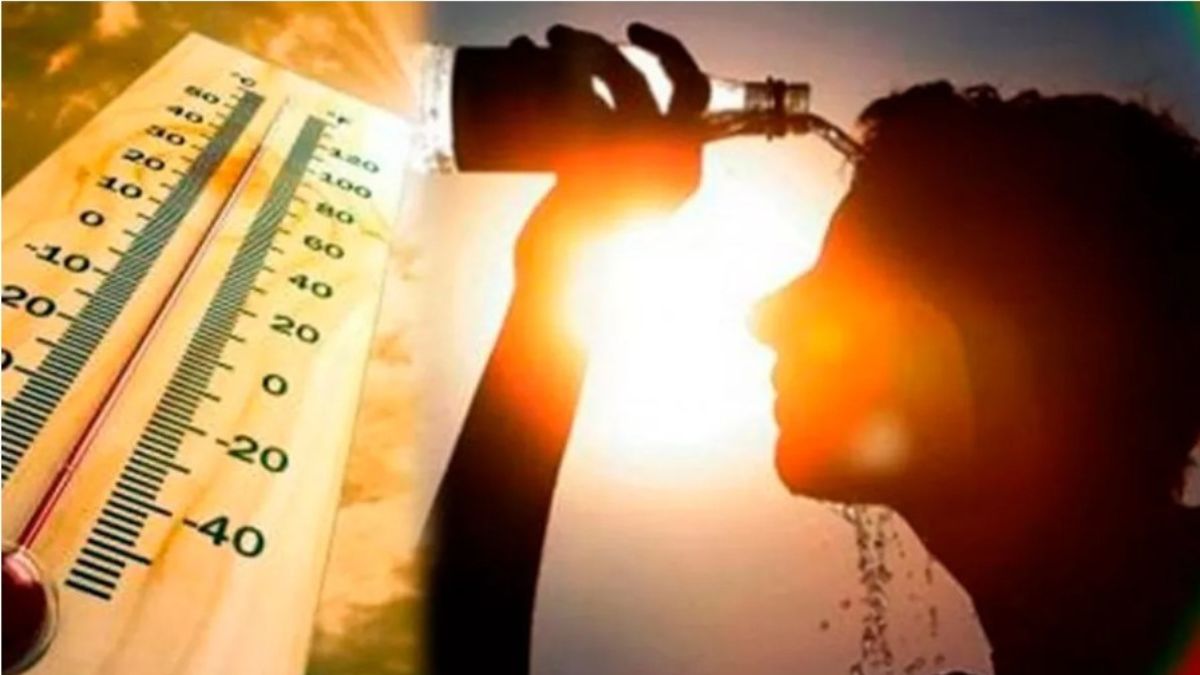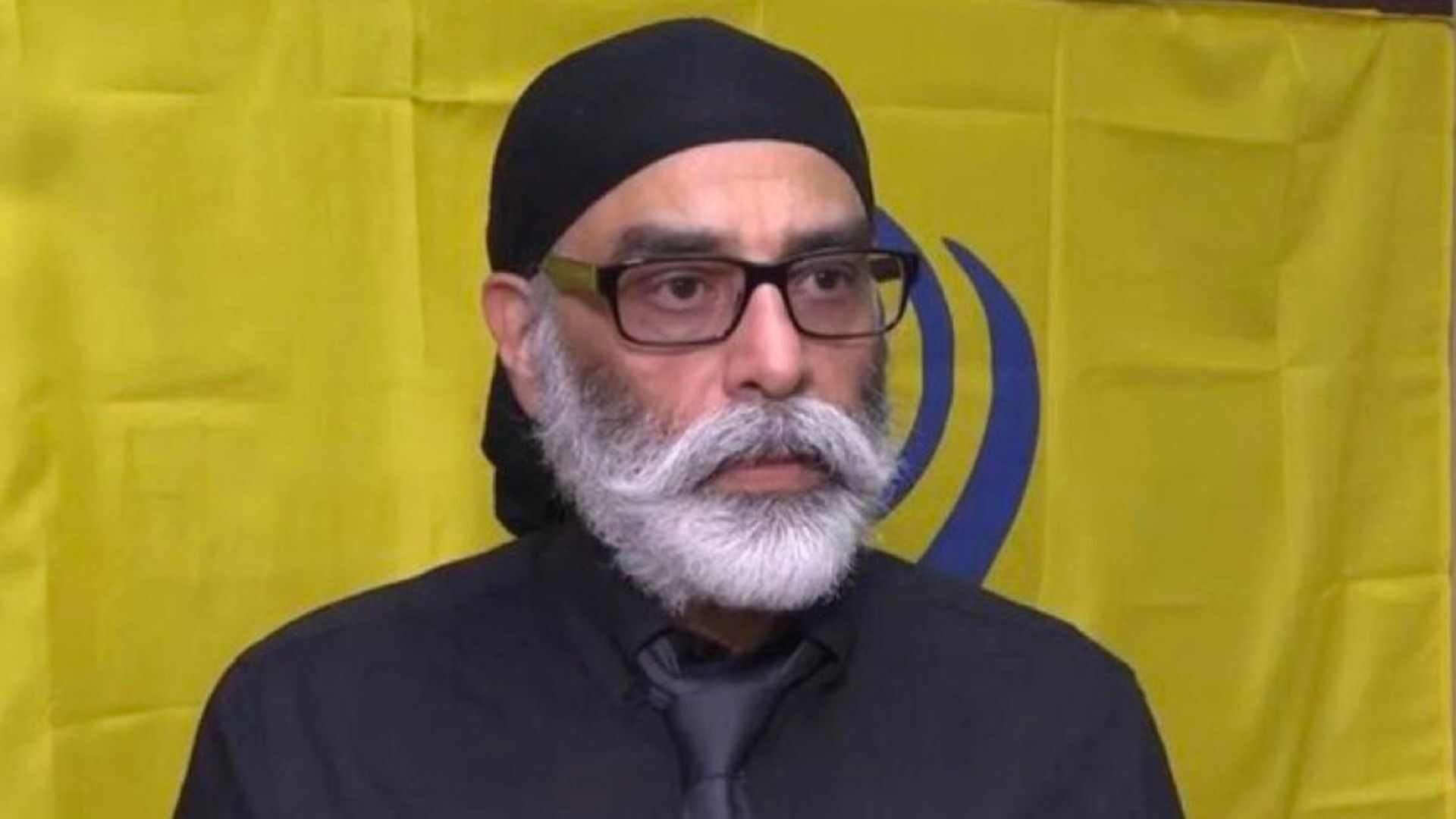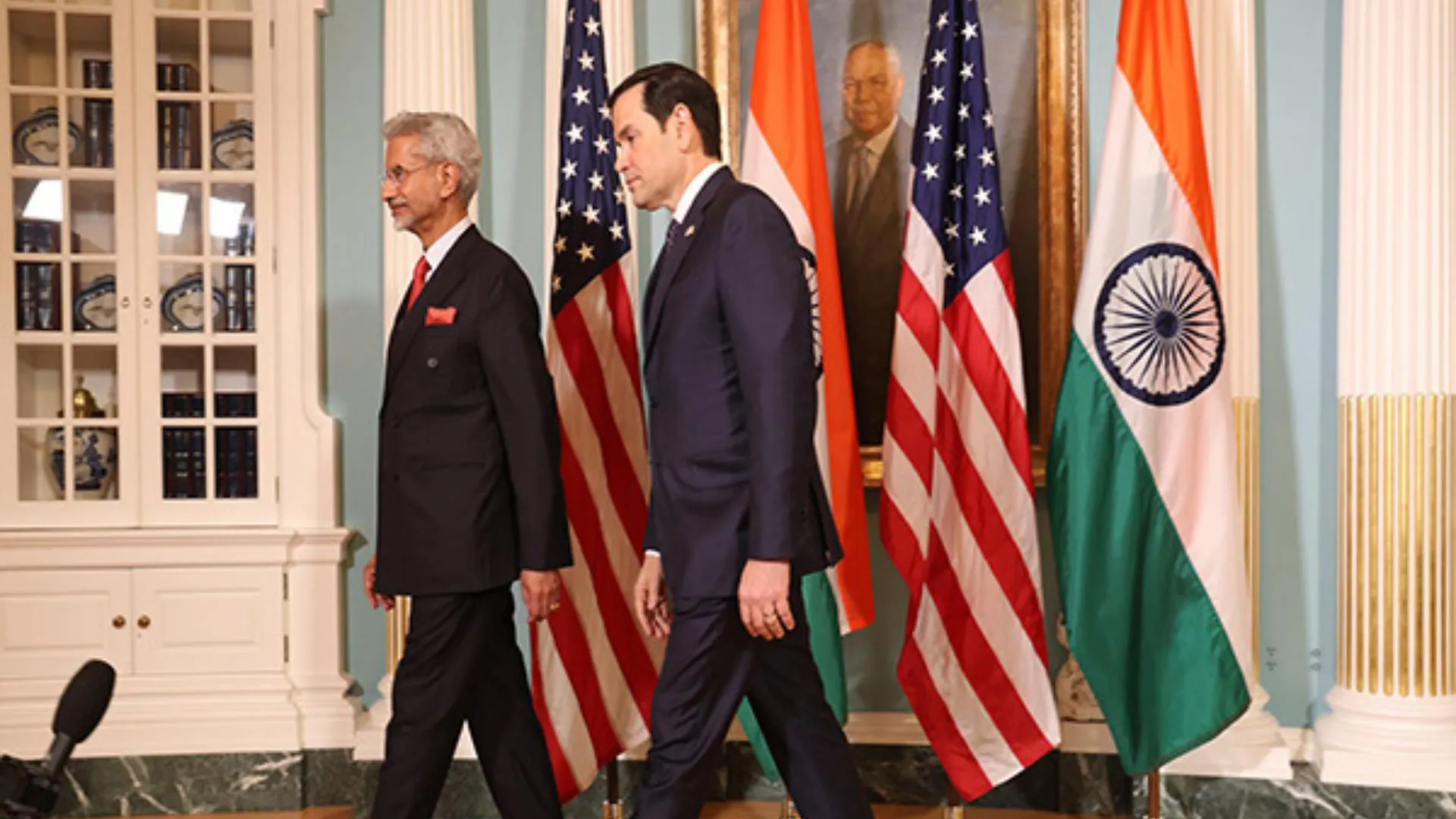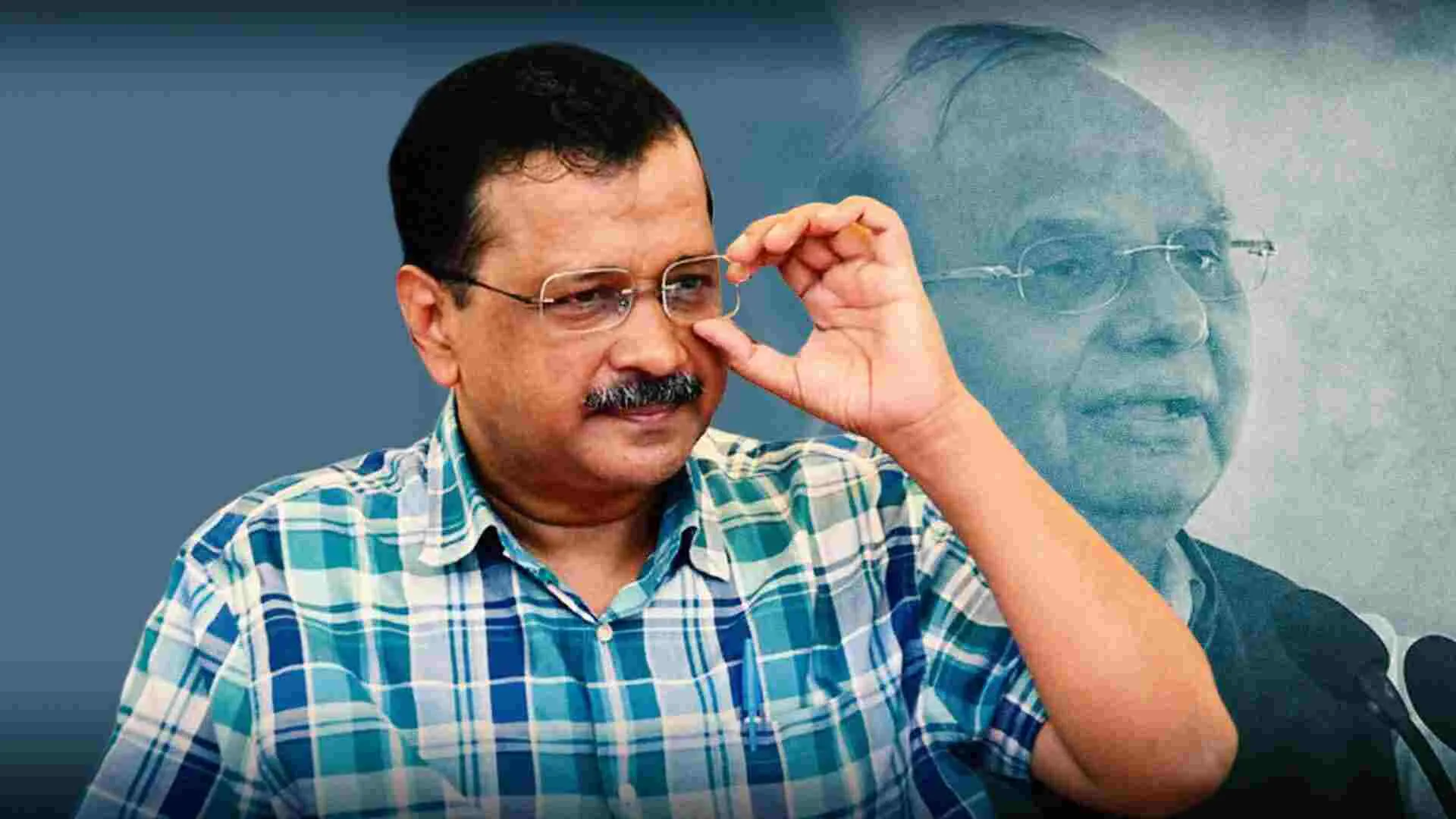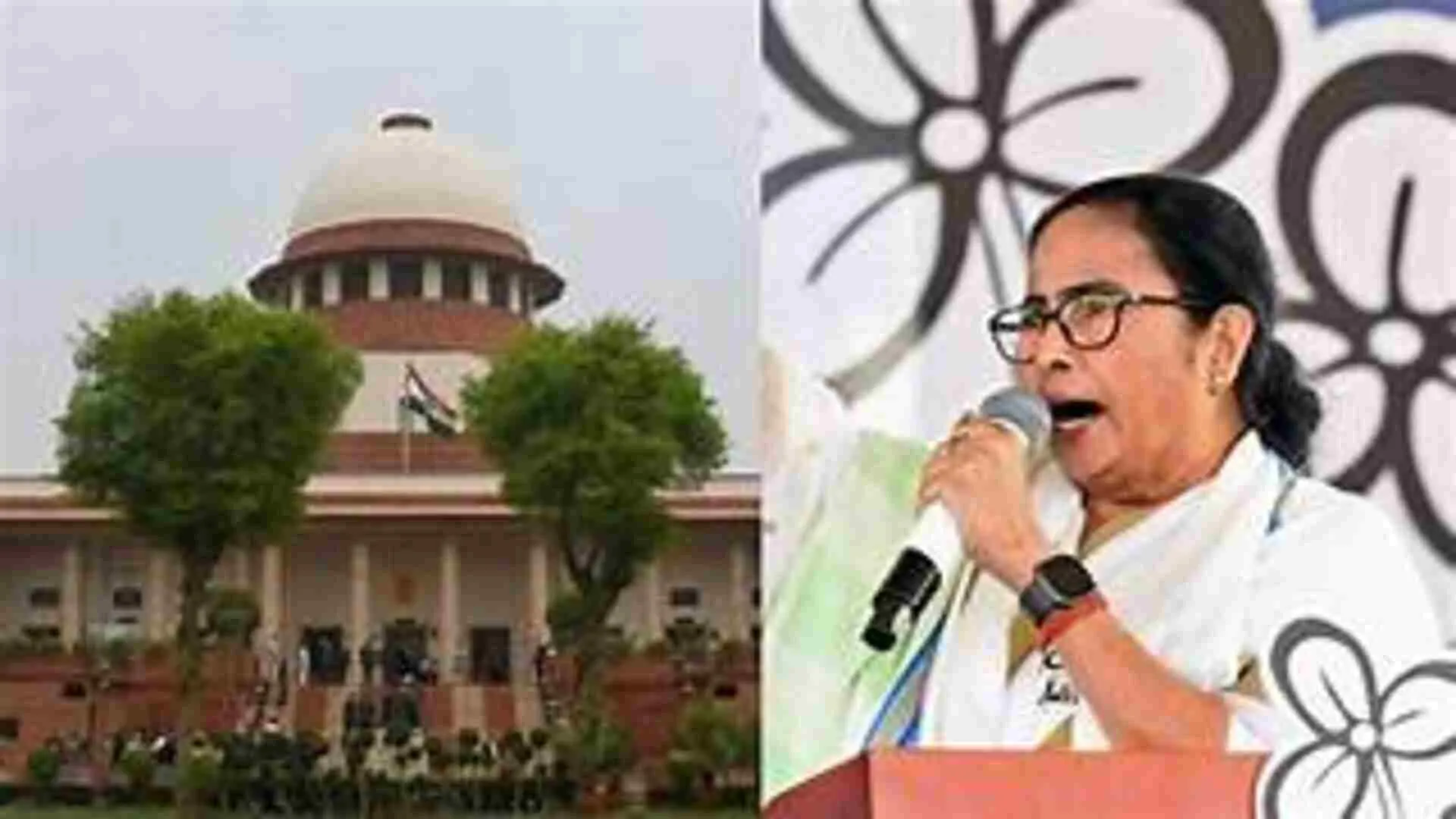While some parts of the country are sweltering in severe heatwaves, Delhi has largely escaped the scorching temperatures, staying below 40 degrees Celsius for the majority of the season, barring one day. Typically, Delhi experiences its peak heatwaves from late April to early June, but this year has been an exception. Meteorological experts credit this reprieve to the presence of strong winds and cloudy skies, brought about by five western disturbances that swept through the region in April. These weather phenomena acted as natural barriers, preventing the mercury from rising excessively.
As a result of these atmospheric conditions, Delhi has seen maximum temperatures hovering around normal or slightly above, with the highest recorded at 40.5 degrees Celsius on April 27th, based on data from the India Meteorological Department. This deviation from the usual pattern has provided residents with a welcome relief from the oppressive heat, underscoring the significant impact that weather systems can have on local climates and temperatures.
Kuldeep Srivastava, the scientist and head of the Regional Weather Forecasting Centre at IMD, highlighted that April witnessed the passage of five western disturbances. While these disturbances didn’t bring significant rainfall, they did bring about cloud cover and strong winds on several days, effectively staving off a surge in temperatures. Additionally, there were instances of dust storms observed on select days. Srivastava noted that another western disturbance is expected to influence the region starting Friday, which is anticipated to maintain temperatures close to the normal range for the coming days.
During the summer of 2023, Safdarjung, Delhi’s base station, did not experience any heatwaves; however, certain areas within Delhi endured heatwave conditions persisting for three to five days. In contrast, the summer of 2022 witnessed an extensive heatwave period, with Safdarjung enduring nine days of heatwaves in April and four in May. Conversely, the summer of 2021 displayed a distinct pattern, with only one heatwave each recorded in March and June, and none in April and May. While heatwaves are commonly reported in April and May, IMD’s data reveals occurrences in March and June as well.
conditions for the next seven days. However, severe heatwave to heatwave conditions are anticipated in various regions including Gangetic West Bengal, east Bihar, east Jharkhand, sub-Himalayan West Bengal, Odisha, Gujarat Region, Konkan & Goa, Madhya Maharashtra, Marathwada, Tamil Nadu, Puducherry & Karaikal, south Coastal Andhra Pradesh, Rayalaseema, Telangana, and interior Karnataka within the next two days.
The IMD defines a heatwave day as one where the maximum temperature is 4.5 degrees Celsius or more above normal, with the maximum temperature reaching at least 40 degrees Celsius. A heatwave is also declared if the maximum temperature exceeds 45 degrees Celsius. Additionally, a ‘severe’ heatwave is characterized by the maximum temperature being 6.5 degrees Celsius or more above normal.

